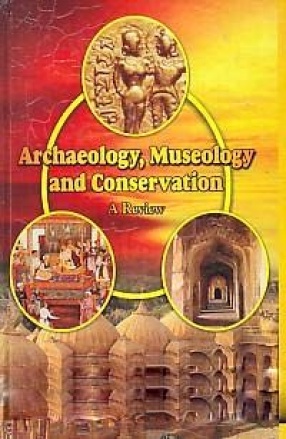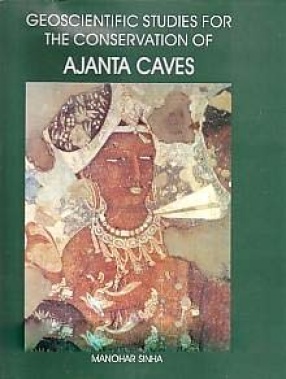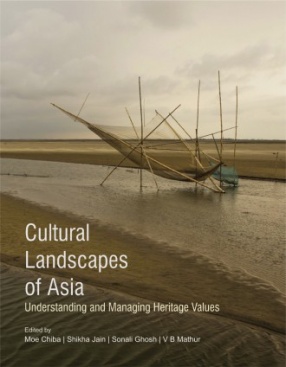
Conservation

60 books
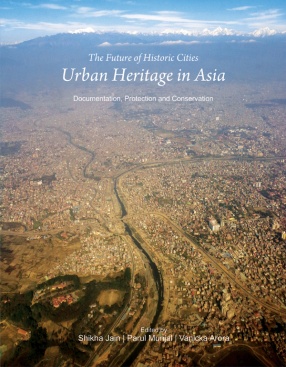
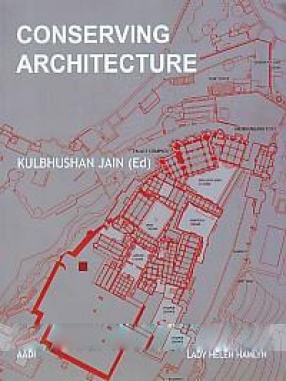
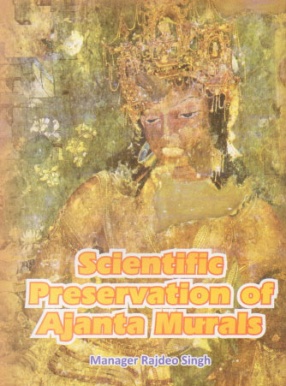

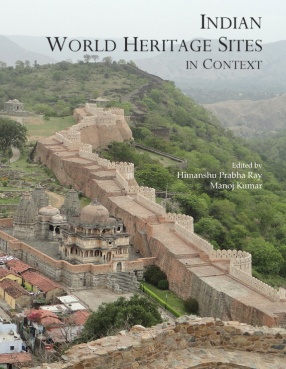
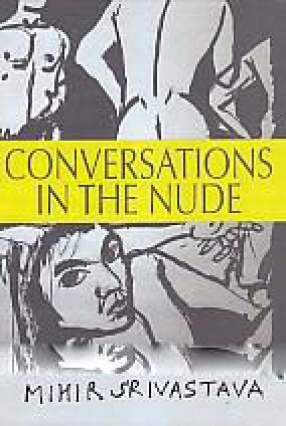

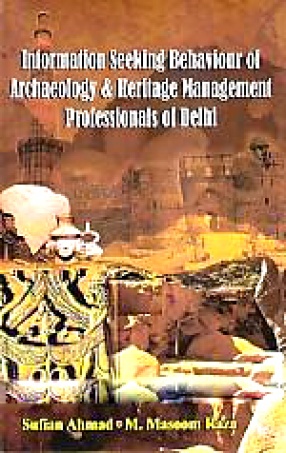
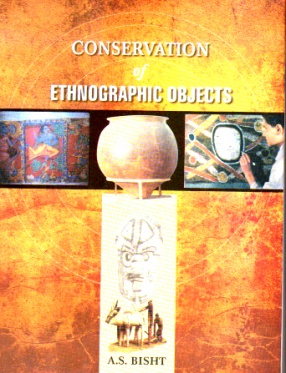

The Asian and Indian diaspora is a rich repository of cultural landscapes with its diverse races, culture, ideologies and settlement patterns set across a wide range of geographical settings. The Ministry of Culture, India defines Indian Cultural Landscape as ‘a living, dynamic manifestation of the harmonious co-existence of cultural ideologies with its natural environment and setting.’ However, the full potential of cultural landscapes in India and ...

Urban heritage of Asia and India is a very significant segment that has largely remained unaddressed for a long time. Recent recognition of Asian and Indian cities as living heritage in UN policies is a welcome change. This volume provides an overview of UN approach to Asia's urban heritage along with a wide perspective of national and regional approaches to urban conservation in a range of Asian countries. More specifically, it evaluates the recent focus on ...
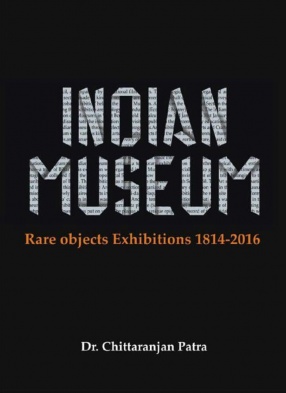
Indian Museum is an offspring of the Asiatic Society of Bengal and owes its birth to Dr. Nathaniel Wallich in the year 1814. This cultural Insititution was established to preserve, exhibit, research and share the cultural heritage in the subcontinent. This monograph deals with the early history of the Indian Museum-the oldest museum in the country, formally know as the Imperial Museum' in the days of British rule in Indian. The main emphasis in the book, das ...

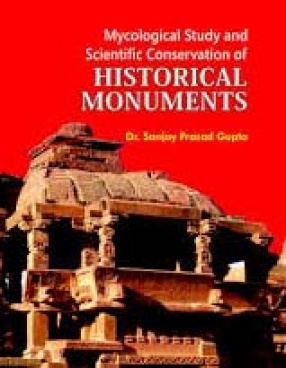
Bio-deterioration of stone works is mainly due to bio-film formation, bio-corrosion caused by organic and inorganic acids, redox processes on cations from the mineral lattice and physical penetration by microbial communities. Our cultural property or stone monumental structures and other ancient buildings are particularly susceptible to these factors. As usual growing on the surface of stone monuments, various microorganisms also colonize the interior of the ...

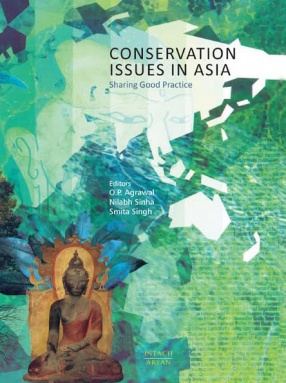
Implies a holistic approach to preserving our cultural heritage so that this legacy remains secure and un-diminished for future generations. Although governed by highly technical processes the key to any successful conservation endeavour remains a cooperative effort between the community and the conservator. Active community participation and stake-holding in the process of conservation enrich it, and ensure long-standing relationship between society and ...

This book deals about scientific investigation about mural art of Ajanta reflecting two decades of research. This discovery of Ajanta and measures adopted by various art lovers in early 19th Century at has direct impact on its conservation as detailed in the book. The ancient Indian painting recipe and mural art techniques employed at Ajanta has been incorporated in the book. Detailed studies about nature and characterization of mud mortar of Ajanta/Ellora which ...
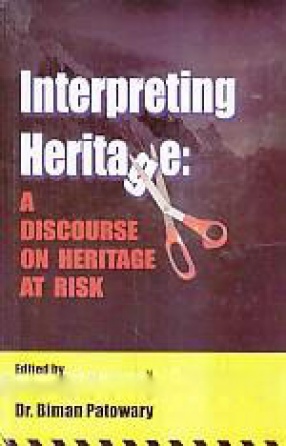
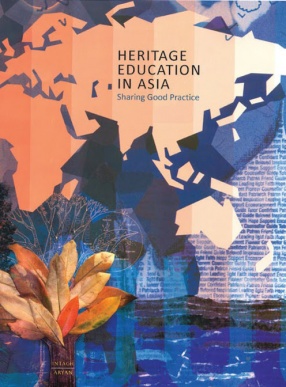
Heritage holds most significance to the community to which it belongs and holds varying significance to other members of society. Heritage education aims to explore this significance and to seek ways by which the local community can join the heritage conservation movement. It also aims at making the public sensitive and appreciative of the culture of others.

It is the ground reality today that there is immense pressure on urban land. Urban density is in fact increasing beyond manageable limits. Compounded by a burgeoning population, the greatest challenge confronting conservationists is how to protect urban heritage, the historic landmarks of the city and the graceful ambience, its green cover and water bodies. The present volume addresses various such issues on heritage and urban renewal.

This book on World Heritage sites in India has two objectives: one, to highlight the archaeological context and cultural landscapes relating to monuments inscribed in the UNESCO World Heritage list; and second, to draw attention to urban pressures that impact the conservation and preservation of many of these sites and the need for comprehensive management strategies to ensure their continued survival. While six are natural properties, the Archaeological Survey ...


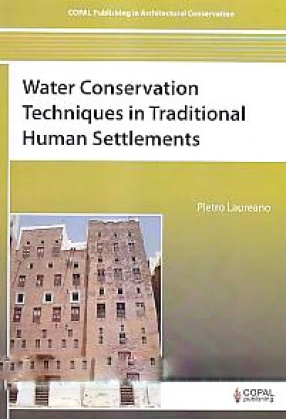

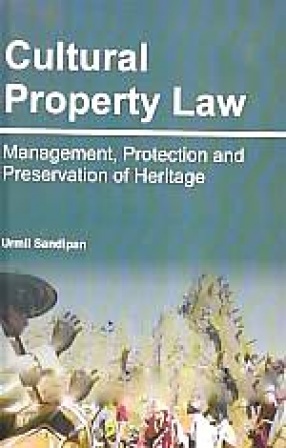
Cultural Property Law is the body of law that protects and regulates the disposition of culturally significant material. including historic real property, ancient and historic artifacts, artwork and intangible cultural property.
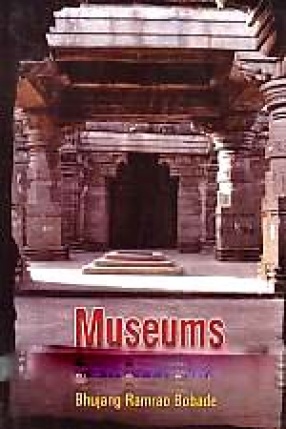

This book on "Conservation of Ethnographic Objects an attempt to make available text book for readers who may have some interest in conservation of cultural heritage especially for the conservation students of all the faculties of the National Museum Institute (A Deemed University) and many others from the various museums, Museology and allied Departments of the country and abroad. Ethnography is a vast subject which covers dance and drama as an intangible ...
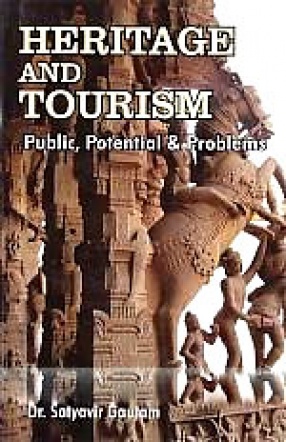
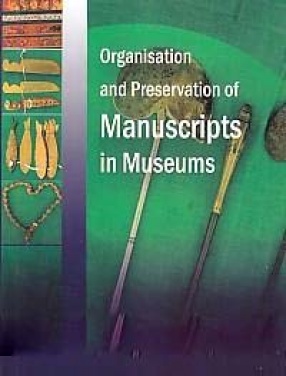
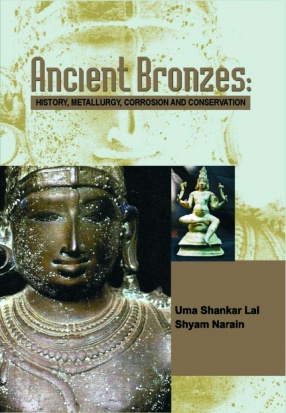
It is primarily intended for use to metal conservators, engineers, conservation scientist, metal sculptors, and students striving to acquire some back ground and perspective on this subject. Conservation especially remedial conservation of the ancient bronzes is one of the major challenges of our time for metal conservators. With the advancement of science and technology several new materials have come out time to time. However a random survey indicates that ...
